Honda has a habit of naming car models after musical terms, and the Brio is no exception. The term Brio means 'verve, vigour and energy' and is a very appropriate name for this nippy and stylish small car.
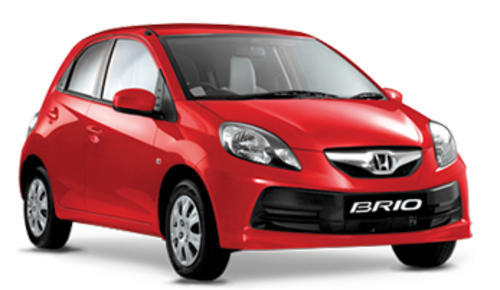
Yes, the Brio is a small car at just 3610 mm long, 1680 mm wide and 1500 mm tall, but as the old saying goes, size isn't everything. The Brio has an attractive body shape featuring what Honda calls the 'double triangle' design. The front triangle, dubbed the dynamic triangle, encompasses the nose while the rear sporty triangle is focused on the rear end.
Add to this the near vertical rear windscreen, a large Honda badge on the front and a wide chrome grille and you have a stylish body shape that looks at home in the city environment and is sure to appeal to the younger, or young at heart, buyer.
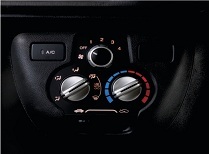
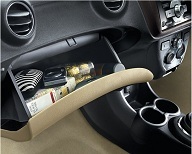
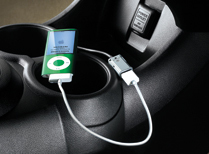
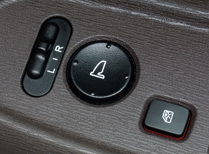
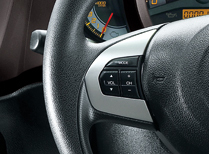

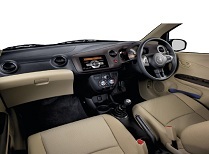
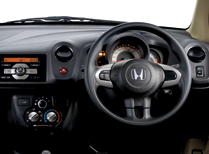
On the inside, the Honda Brio presents a spacious and open interior, reinforcing Honda's stated desire to provide the maximum people space with the minimum machine space without compromising on safety or quality.
The uncluttered dashboard, with a 3-dial instrument panel and multifunctional controls mounted on the steering wheel, adds to the feeling of spaciousness. This is enhanced by the cleverly designed glove box and the slim seatbacks incorporating built in headrests. Bearing in mind that this is an A-segment car, the boot space of 161 litres may seem small, but folding down the rear seats increases this to a more useful 519 litres.
Power for the new Brio comes from a 4-cylinder, 1.2 litre i-VTEC engine, which is coupled to either a 5-speed manual or 5-speed automatic gearbox. Performance is not spectacular, with 0 - 100 km/h taking a little over 12 seconds, but the fuel consumption is a wallet-pleasing 5.6 litres/100 km for the manual version and 6.3 litres/100 km for the automatic.
Safety is well to the fore in the Brio as well, with both active and passive safety systems including ABS, Electronic Brake Distribution (EBD), front SRS airbags and pre-tensioned front seat belts with load limiters. The frame is built using Honda's Advanced Compatibility Engineering (ACE) and G-Force Control Technology (G-CON), which provides high-tensile steel in critical areas of the frame and bodywork. In addition the body structure at the front of the car is designed to minimise pedestrian injuries through impact energy absorption.
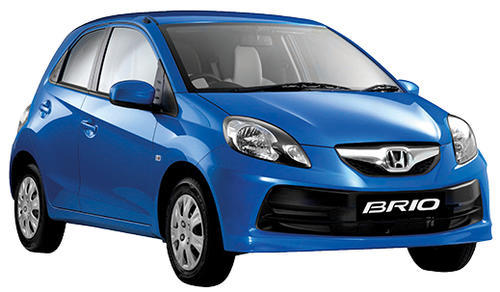
Will the new Honda Brio take the A-segment market by storm? With its comprehensive 3-year/100,000 km warranty, the modern and attractive looks and high quality interior fittings, this zippy, funky car certainly has a lot going for it to appeal to buyers from 19 to 90!